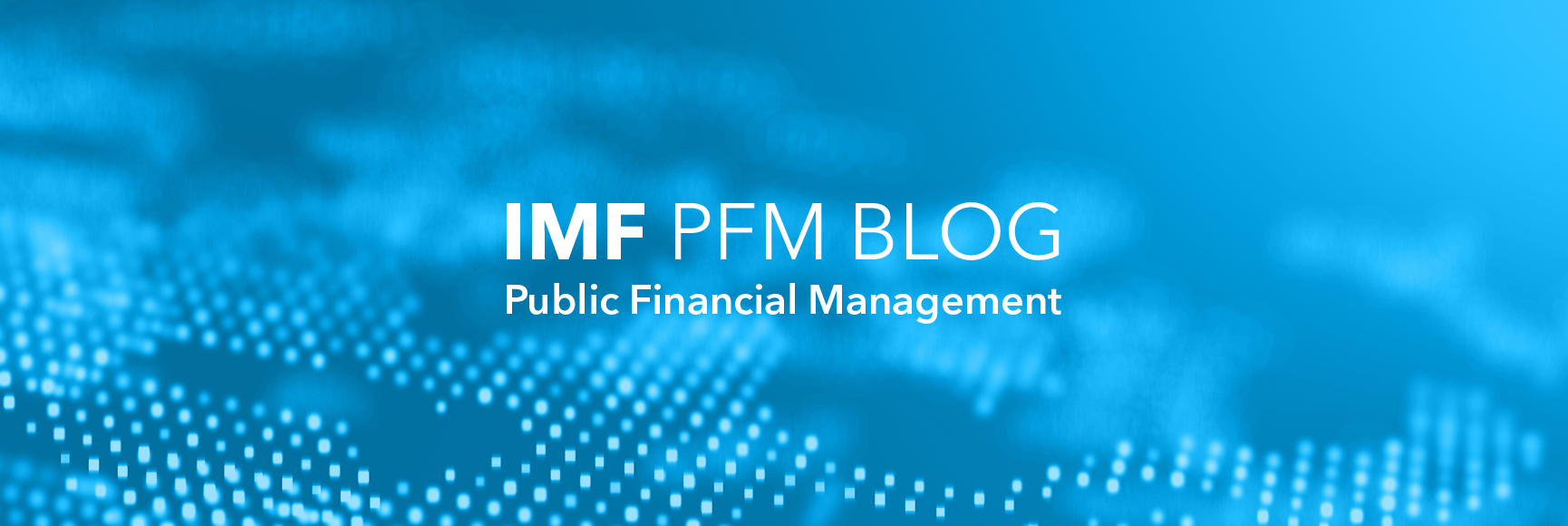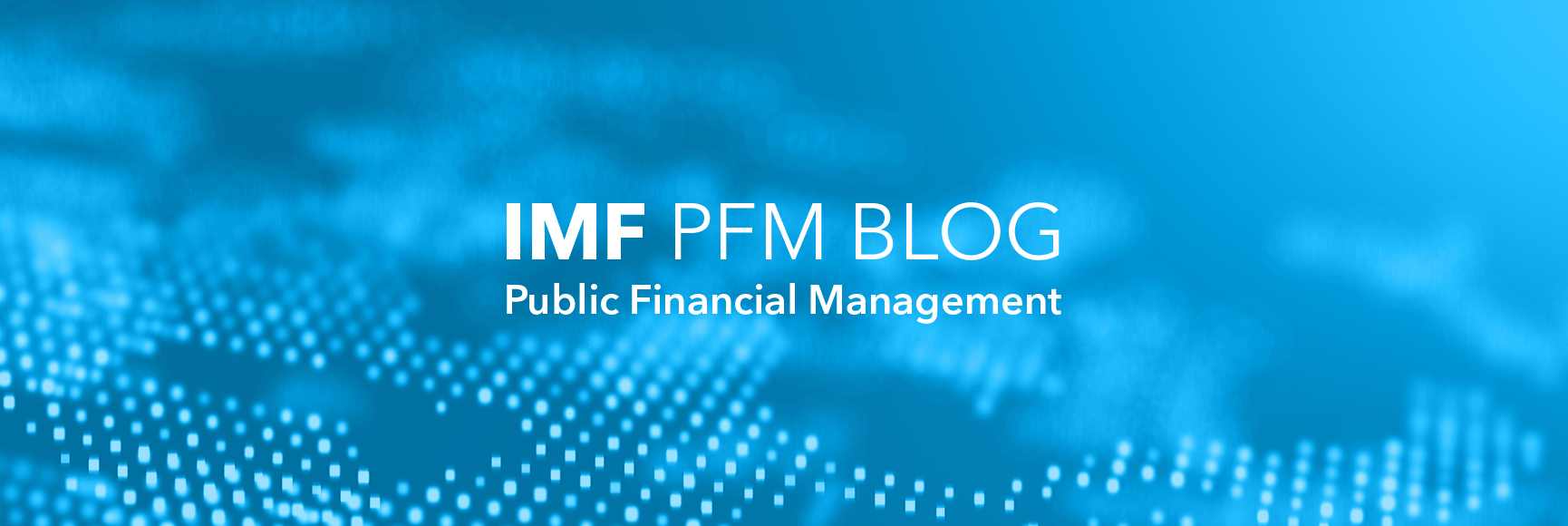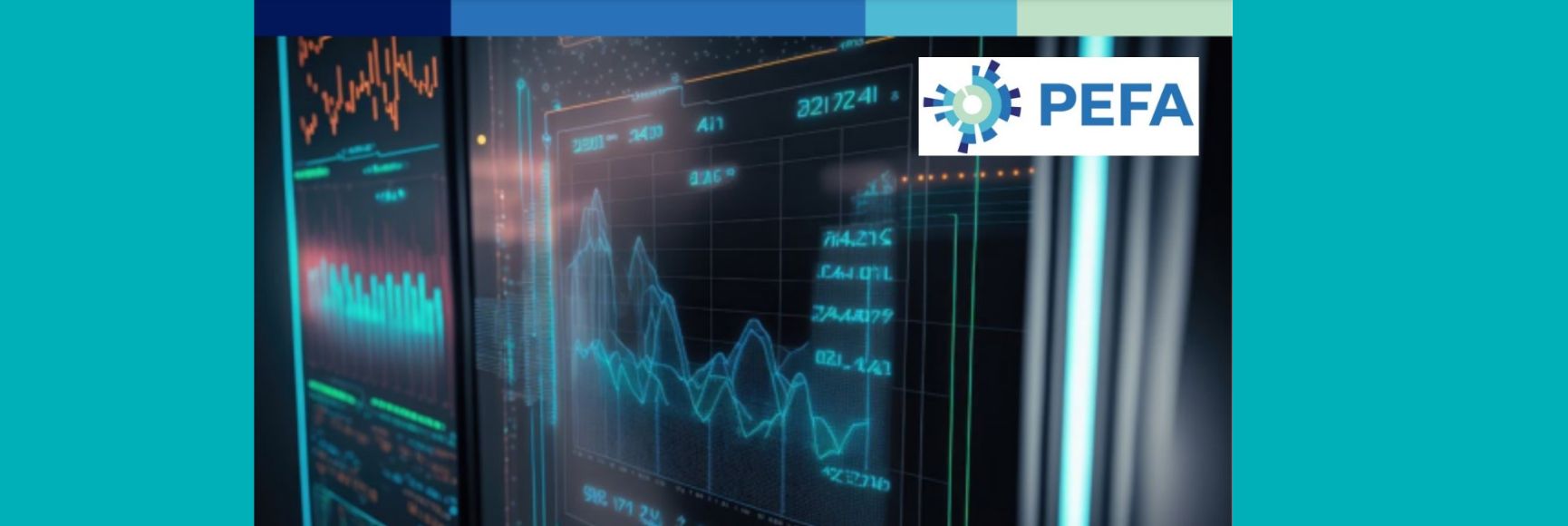Posted by Gijs de Vries [1]
The 17 Sustainable Development Goals (SDGs) provide an ambitious roadmap to a fairer and more equitable world. To turn these goals into reality governments across the world will have to put them at the heart of their action. Governments will also have to put their money where their mouth is. National budgets need to be adapted to the task: revenue and expenditure will have to be managed more effectively and transparently. And national accountability institutions will have to step up to the plate.
Funding the SDGs will be costly, with incremental financing needs in low- and lower-middle-income countries estimated at $1.4 trillion. Much of this money will have to come from the public sector, whether through official development assistance (ODA) or via domestic resource mobilization in developing countries, where governments will have to collect more and spend better. Many countries suffer from weak public financial management (PFM) and inadequate public service delivery.
It is essential, therefore, that governments be held to account for their implementation of the SDGs. Adequate scrutiny must be exercised by legislatures, the media, and civil society organisations, but also by national audit bodies. Supreme Audit Institutions (SAIs) provide independent oversight of budgeting and PFM. They monitor the legality, effectiveness and efficiency of public spending and help guard against fraud, waste, and mismanagement. SAIs can also play a crucial role in providing transparency and accountability for the enactment of the SDGs. How would this be done?
First, SAIs can help bring transparency to national budgets. De Renzio and Wehner have shown that fiscal transparency is related to better resource allocation, lower borrowing costs, and lower corruption. However, as successive Open Budget Surveys have demonstrated, many governments still fail to provide citizens with comprehensive, timely, reliable and accessible budget information. Parliamentarians, journalists and voters need to see how public funds were raised and spent, and to what effect. In many countries the SAI is one of the few trusted sources of this information.
Proposed SDG indicator 16.6.1 calls for an assessment of primary government expenditures as a percentage of the approved budget, disaggregated by sector. SAIs can report whether the government’s statistics are accurate and complete. In Kenya, for example, the Auditor-General found that a quarter of the state budget is unaccounted for.
Second, SAIs can play an important role in the fight against illicit financial flows. In 2013 alone, an estimated $1.1 trillion left developing countries in illicit transactions. These flows severely restrict the domestic resources necessary to finance the SDGs. In Nigeria the Auditor-General reported that $16bn of oil revenue went missing in a single year (2014). SDG target 16.4 aims for illicit financial flows to be significantly reduced by 2030. SAIs can audit the role of tax and customs agencies in countering trade mis-invoicing and tax evasion, and report on progress under the Extractive Industries Transparency Initiative (EITI). The International Organization of Supreme Audit Institutions (INTOSAI) is preparing global guidelines on the subject.
A third role for audit institutions is to monitor and report on the national systems and policies for implementing the SDGs. Have national baselines been set? Has an actionable strategy been adopted, and is it being enacted? Are sectoral ministries and agencies joined up? Have actions been budgeted? Do progress reports get published, and are they debated in Parliament?
Fourthly, SAIs can audit the effectiveness and efficiency of sectoral policies to implement goals and targets. Many audit institutions already report on aspects of national environmental performance, although this work is not yet linked to the SDGs. Increasingly, audits are being coordinated across borders. The audit offices of Cameroon, Chad, Niger and Nigeria, for example, jointly audited the drying up of Lake Chad. Pacific audit offices audited their countries’ climate change adaptation and disaster reduction strategies. The SAI of Indonesia is building on guidance issued in 2010 by UNDP and INTOSAI on how to audit national implementation of multilateral environmental agreements.
Combating climate change and its impacts is one of the priorities of the SDGs (Goal 13). SAIs could agree to coordinate implementation of the commitments agreed at the 2015 Paris Conference on Climate Change (COP21). A particular focus should be on the transparency and effectiveness of climate finance. An audit by the European Court of Auditors found there is insufficient donor coordination within the EU.
Last but not least, independent national audit offices are well-placed to support implementation of target 16.4: “substantially reduce corruption and bribery in all their forms”. Many SAIs in different parts of the world have established track records in detecting and preventing fraud and corruption.
There is growing interest among SAIs to integrate financial, compliance and performance audits of SDG-related policies and spending in their annual work plans. In December 2016, INTOSAI is expected to issue guidance to its 192 members, including on how to carry out cooperative audits. It is setting up a community of practice and intends to document lessons learned.
It must be recognised, however, that many national audit offices are as yet ill-equipped to scrutinize implementation of the SDGs. Their constitutional position is often weak: dozens of SAIs lack the necessary independence from their national government. Some mandates still do not include the audit of policy effectiveness and efficiency. Many developing country SAIs suffer from severe capacity restraints. Skill sets are expensive to build and trained auditors are prone to being ‘poached’ by the private sector or by international organizations. Risk assessment, quality control, strategic planning and other aspects of internal management often leave much to be desired. SAIs tend to struggle with external communications: many reports are only provided confidentially to the authorities (including, remarkably, in Germany). When reports do get published they are not infrequently written in impenetrable jargon. Relations with stakeholders (parliaments, NGOs) can be infrequent and marked by mutual discomfort.
Of the six dimensions of good PFM measured by PEFA, the weakest is that of external scrutiny and audit.
Many SAIs, therefore, need help. In recent decades several bilateral and multilateral donors have provided capacity building assistance, but more will have to be done if SAIs are to play their full role in providing transparency and accountability to the 2030 agenda. SDG target 16.6 is to develop “effective, accountable and transparent institutions at all levels”. National audit institutions should rank among the priorities.
[1] Gijs de Vries is a Senior Member at St Antony’s College, University of Oxford. He is a former Vice-President of the Dutch Court of Audit and a former member of the European Court of Audit.
Note: The posts on the IMF PFM Blog should not be reported as representing the views of the IMF. The views expressed are those of the authors and do not necessarily represent those of the IMF or IMF policy.








